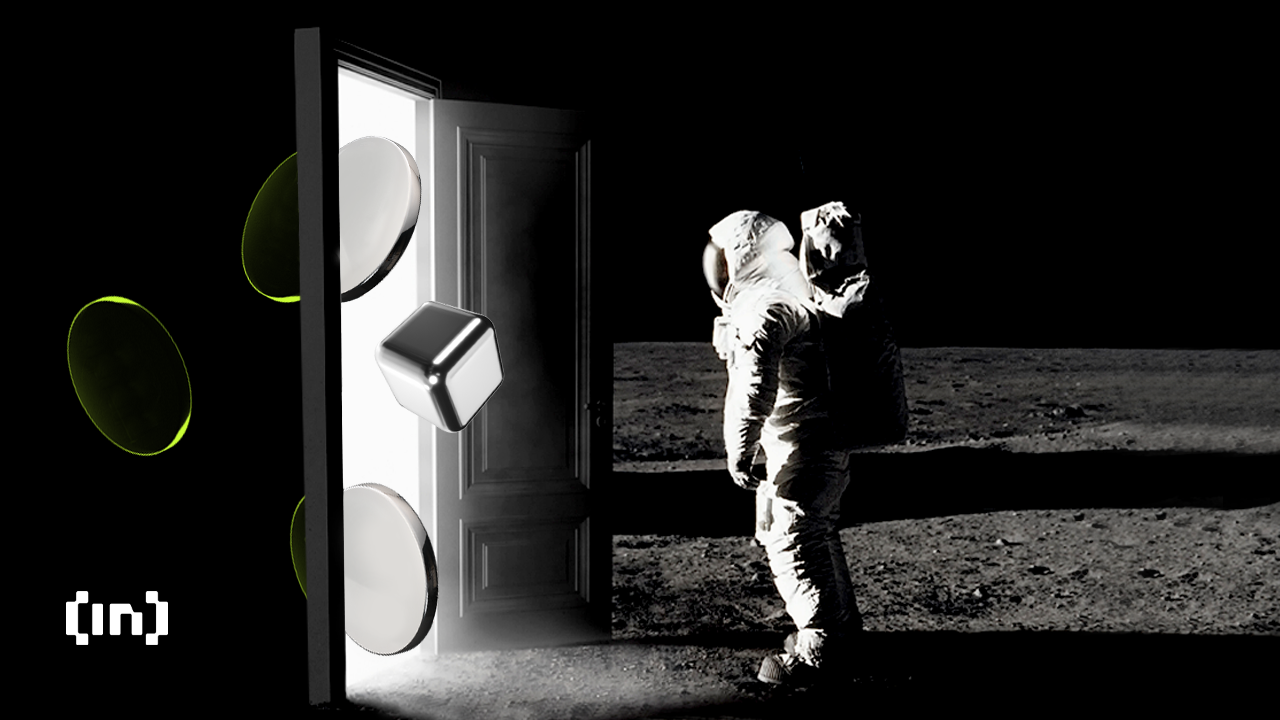The metaverse, a term that conjures images of infinite digital landscapes and immersive virtual experiences, is on the threshold of becoming a mainstream reality. Many people have aimed to break down barriers and create an environment where anyone can easily enter the metaverse.
But the journey from a niche market to a global platform accessible to all has come with its fair share of obstacles.
The initial promise of the Metaverse captured the world’s imagination, providing a digital frontier with limitless possibilities. However, technical limitations and accessibility issues have made it difficult to achieve mass adoption. Overcoming these obstacles is multifaceted as it requires technological advancements, community engagement, and interoperability.
Yemel Jardi, Executive Director of the Decentraland Foundation, spoke to BeInCrypto about the company’s strategic adaptation to meet evolving market needs. According to him, Decentraland is focusing on performance optimization and developing new advanced desktop clients for 2024.
This upgrade supports a wide range of user experiences, from casual exploration to intensive gaming and virtual events. The goal is to lower the barrier to entry for new users through a comprehensive effort to create more immersive, inclusive, and engaging virtual worlds.
“We have adopted a forward-thinking strategy dedicated to improving user experience, optimizing performance, and preparing for VR and mobile versions. We’re also simplifying onboarding, user-friendly no-code creation tools, and other new features that will deepen engagement. Additionally, the desktop client handles avatars and complex graphics rendering simultaneously and delivers a truly immersive experience,” Jardi explained.
Read more: Building Bridges: How to Connect Virtual Worlds to the Metaverse
According to Jardi, Decentraland has recognized the shift toward truly user-generated experiences. It now encourages gamified events and interactive storytelling that increases user engagement and retention.
For example, the Decentraland Ambassador program and participation in industry conferences and events are part of the 2024 manifesto, which reflects a commitment to community growth and active user engagement.
Another key focus for implementing a more comprehensive metaverse is interoperability. Enables a unified, cross-platform metaverse by allowing users to export their digital IDs to other virtual worlds and supporting a variety of social login options.
This openness fosters innovation and promotes seamless user experiences across diverse digital environments.
“We see interoperability as the only real solution for an ethical, fun, distributed and human-centric future where the digital world becomes part of our lives,” Jardi added.
In fact, Decentraland created the DCL VRM, which allows users to export outfits for use in other metaverses such as Monaverse, Nifty Island, OnCyber, and any virtual world that allows VRM import. As VRM is currently the primary model format for VR social applications and games, this initiative fosters collaboration and innovation using open source standards that empower developers and creators across virtual platforms.
“Decentraland’s long-term vision for its role in the metaverse is to establish itself as the largest decentralized open source virtual world owned entirely by its users. We aim to provide a platform that gives users complete control over their digital assets and experiences. It must be a space where creativity knows no bounds and where users can build, explore and socialize in a distributed, borderless virtual environment,” concludes Jardi.
Read more: Why do we need open protocols in the metaverse?
As the digital and physical realms become increasingly integrated, the metaverse offers a vision of an interconnected human existence. In fact, it is considered the next evolution of the Internet and is expected to grow to $936.6 billion by 2030.
Augmented reality emerges as a pivotal force driving this outlook, especially with major players such as Apple entering the market. It will act as a conduit between digital and physical spaces. As a result, users can access information relevant to their context, engage with virtual elements, and collaborate seamlessly regardless of distance.
disclaimer
In accordance with Trust Project guidelines, these feature articles present the opinions and perspectives of industry experts or individuals. While BeInCrypto is committed to transparent reporting, the views expressed in this article do not necessarily reflect the views of BeInCrypto or its employees. Readers should independently verify the information and consult with professionals before making any decisions based on this content. Our Terms of Use, Privacy Policy and Disclaimer have been updated.

